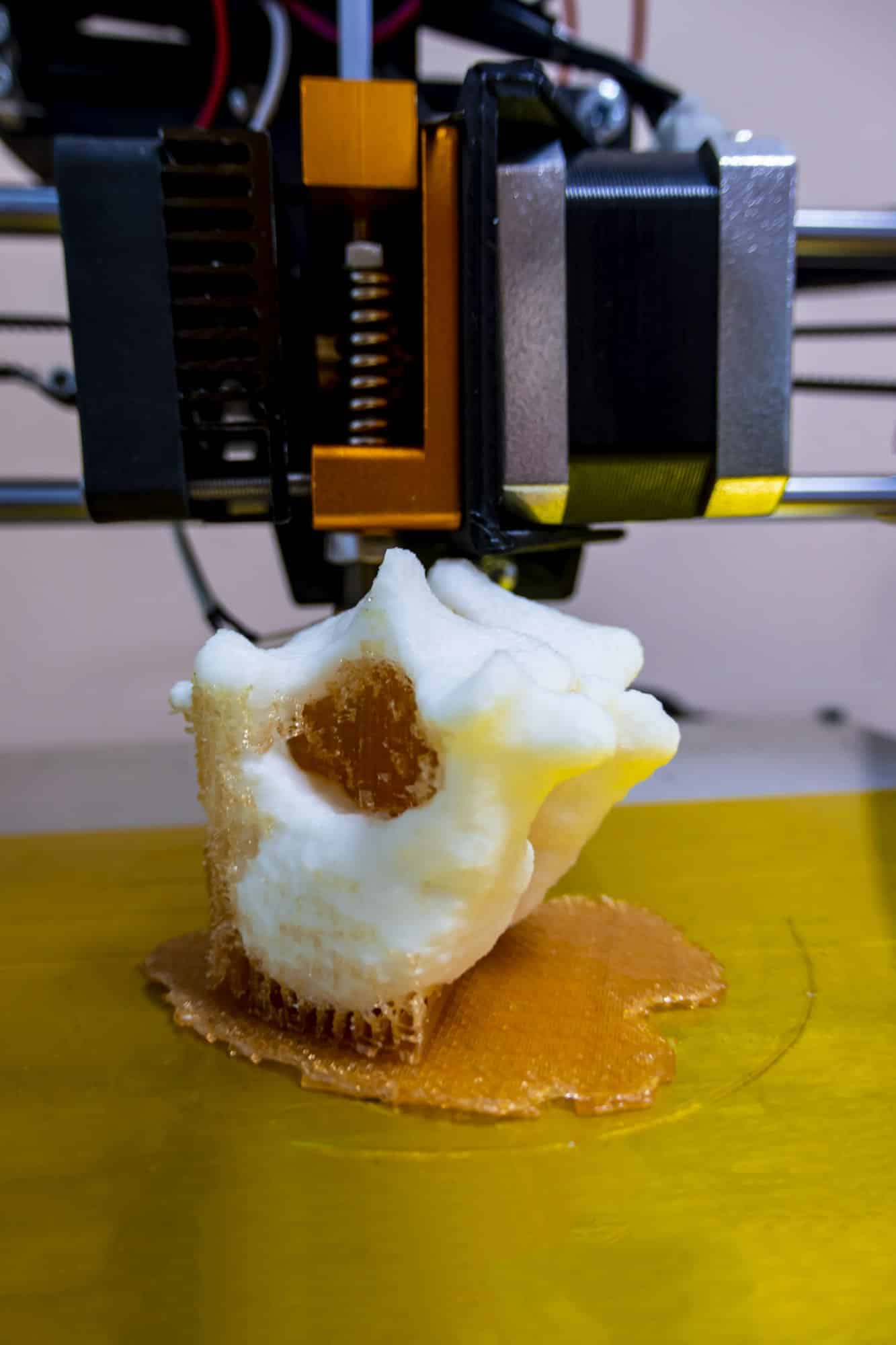How Is 3D Bioprinting Being Used to Create Tissue Models for Drug Testing?

In the high-paced, ever-evolving field of biomedical research, one technology stands out for its potential to revolutionize drug development and testing. This is none other than 3D bioprinting, a technology that can create precise, three-dimensional models of human tissues for use in drug testing. This article delves into the fascinating world of 3D bioprinting, exploring how it works, why it’s so groundbreaking, and how it’s being utilized today.
The Fundamentals of 3D Bioprinting
At its core, 3D bioprinting leverages the principles of traditional 3D printing, but with a biological twist. It’s a complex process that involves the use of living cells, or bioinks, to build 3D structures that mimic human tissues and organs.
Sujet a lire : Discover a cutting-edge productivity tool designed to listen music, enhance focus, creativity, and relaxation
Bioinks are specially developed materials that can support the growth of living cells. These bioinks are then loaded into a bioprinter, which lays down layers of cells in a pattern specified by a computer-aided design (CAD) file. Over time, these cells multiply and mature to form functional tissue.
The primary goal of 3D bioprinting is to create models that closely resemble the structure and functionality of human tissues in the body. This accuracy enables researchers to simulate the interaction of drugs with cells in a more realistic and controlled setting.
A lire également : Can Blockchain Be Utilized for Enhanced Cybersecurity in UK’s Critical Infrastructure?
Bioprinting and Drug Development
The field of drug development has faced numerous challenges over the years. Traditional drug testing often involves the use of animal models or 2D cell cultures, both of which fail to accurately recapitulate human physiology. This is where 3D bioprinting comes in, offering more reliable and human-relevant models for drug testing.
For instance, bioprinted tissue models can be used to test a drug’s efficacy and toxicity before it’s administered to humans. They can also help identify potential side effects early in the development process, thereby reducing the risk of failure in later stages of clinical trials.
More importantly, bioprinting can create patient-specific tissue models. This means that drug testing can be personalized, taking into account the patient’s unique genetic and physiological characteristics. Such precision could significantly improve the effectiveness of treatments and reduce the occurrence of adverse reactions.
The Role of Bioinks in 3D Bioprinting
Bioinks play a pivotal role in bioprinting, as they provide the necessary environment for cells to grow and interact. Bioinks are typically composed of a mixture of cells and a supporting material, known as the scaffold.
One of the ongoing challenges in bioprinting is finding the right bioink composition that can support cell growth, while also maintaining the structural integrity of the printed tissue. To address this, researchers are continuously developing new bioinks with improved properties, such as better printability, biocompatibility, and mechanical stability.
Various types of cells can be used in bioinks, including stem cells, which have the ability to differentiate into various cell types. The choice of cells depends on the specific tissue or organ that is being modeled. For example, liver cells can be used for creating liver tissue models, while heart cells can be used for heart models.
The Future of Bioprinting in Drug Testing
3D bioprinting holds great promises for the future of drug testing. With advances in technology, it’s now possible to create more complex tissue models, including multi-cellular constructs and vascularized tissues. These models can provide even more accurate and insightful information about a drug’s effect on the human body.
Moreover, bioprinting technology is becoming increasingly accessible and affordable, making it a viable option for many laboratories and research institutions. The potential to create personalized tissue models for drug testing also opens up new possibilities for precision medicine and patient-specific therapies.
Despite the potential, there are still challenges to overcome, including the need for better bioinks, improved printing resolution, and methods to ensure the long-term viability and functionality of bioprinted tissues. However, with ongoing research and development, it’s clear that 3D bioprinting will continue to play a significant role in the evolution of drug testing and development.
Ethical Considerations in Bioprinting
As with any technology that involves manipulation of human cells and tissues, ethical considerations must be taken into account. It’s essential to ensure that the use of bioprinting technology respects the dignity and rights of individuals, particularly when it comes to the sourcing of cells used in bioinks.
There are stringent regulations in place to guide the ethical use of human cells for research and clinical applications. Moreover, there’s an ongoing discussion in the scientific community about the ethical implications of creating complex, higher-order tissues or even whole organs using bioprinting.
While these considerations are important, they shouldn’t overshadow the potential benefits of this technology. Bioprinting has the potential to revolutionize drug testing and development, improve patient outcomes, and ultimately save lives. As such, it’s a field that deserves our attention and continued exploration.
Bioprinting Techniques and Their Application in Drug Discovery
The impact of 3D bioprinting extends to drug discovery, where it can help streamline the development process. To understand how this process works, it’s important to grasp the different bioprinting techniques used in the field.
A commonly used method is extrusion-based bioprinting, which involves the use of a dispensing system to deposit bioink in a layer-by-layer fashion to build a 3D structure. This technique is versatile and can handle a wide range of bioinks, making it ideal for creating complex tissue structures.
Inkjet bioprinting is another technique, and it operates similarly to an inkjet printer, but instead of ink, it uses bioink droplets. The main advantage of this method is its high speed, which can significantly cut down the time needed for drug screening.
These techniques, among many others, are instrumental in creating tissue models that closely resemble human physiology. By providing a more accurate platform for drug testing, bioprinting accelerates the drug discovery process, improves the prediction of drug efficacy and toxicity, and reduces the reliance on animal testing.
3D bioprinted tissues also offer a viable platform for studying disease mechanisms, which can aid in the discovery of novel drug candidates. For example, researchers can use bioprinted models of cancerous tissues to study how tumors grow and respond to different treatments. This helps identify potential drugs that can effectively target these abnormal cells.
The Intersection of 3D Bioprinting and Regenerative Medicine
3D bioprinting is not only reshaping drug testing but also making significant strides in the field of regenerative medicine. The technology’s ability to create living tissues and organs opens up new possibilities for tissue engineering and transplantation.
For instance, using patient-specific stem cells in bioinks can create personalized implants for patients in need of organ transplants. This approach could potentially solve the problem of organ shortage and eliminate the risk of organ rejection, since the bioprinted organ would be made from the patient’s own cells.
Furthermore, bioprinting technology can be used for drug delivery applications. Researchers can design bioprinted tissues that can slowly release drugs over time, providing a more targeted and effective treatment.
Although we’re still a long way from printing complex organs like the heart or liver, the progress made in the field is encouraging. Advancements in cell culture techniques, bioink composition, and bioprinting resolution are bringing us closer to this reality.
Conclusion: The Frontier of 3D Bioprinting in Drug Testing and Beyond
In conclusion, 3D bioprinting is a revolutionary technology that has the potential to dramatically transform the landscape of drug testing and development. It offers a more accurate, efficient, and ethical alternative to traditional animal testing, accelerating the discovery of novel drug candidates and improving the prediction of drug responses.
Moreover, 3D bioprinting is empowering regenerative medicine by enabling the creation of personalized tissue implants and potentially entire organs. As technology continues to advance, it’s only a matter of time before we witness more groundbreaking applications of bioprinting in medicine.
There’s no denying that challenges still exist in terms of bioink development, printing resolution, and ensuring the long-term viability of bioprinted tissues. Yet, as history has shown us, these are not insurmountable. Scientists are constantly pushing the boundaries of what’s possible, and the future certainly looks promising for 3D bioprinting.
As we continue to explore this fascinating frontier, one thing remains clear: 3D bioprinting is here to stay, and its impact on drug testing and healthcare as a whole is just beginning to be realized.
